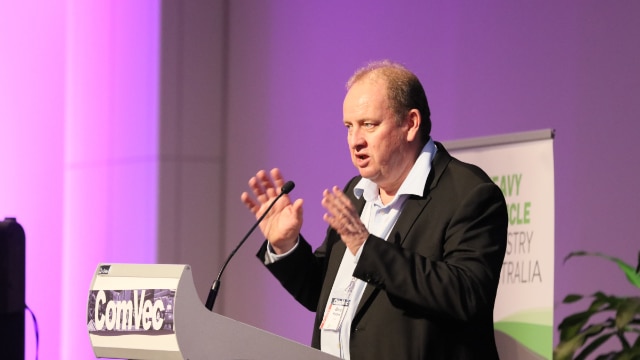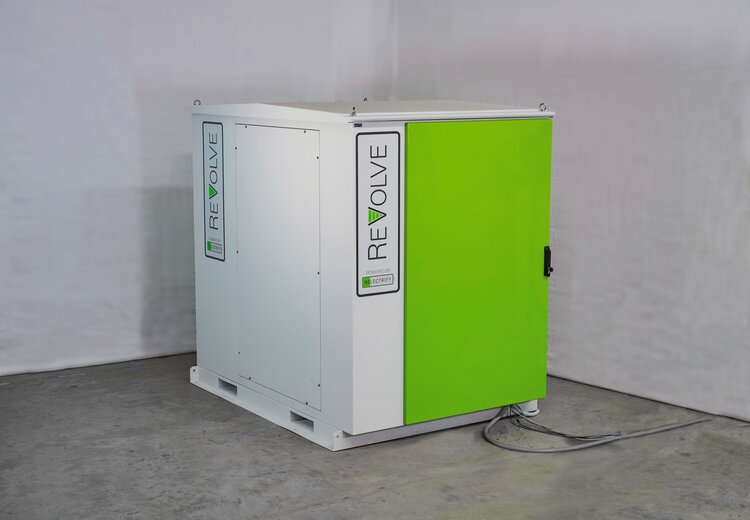Australian federal EV plan doesn’t go far enough
- PostedPublished 22 September 2021

Some merit in draft plan but lacks direct impact required to ramp up EV adoption
In the previous edition of SightGlass News, the Australian Government’s new and seemingly positive $A74.5 million “Future Fuels” investment scheme for zero- and low-emissions vehicles was outlined.
The plan, which was mooted to increase the commercial and community uptake of bio-fuelled, hydrogen and electric vehicles, was expected to subsidise clean vehicles and the infrastructure to operate them.
However, the government has since revealed details of the “Future Fuels Strategy” in a discussion paper published in February – and many are disappointed with its proposals, to say the least.

The Electric Vehicle Council (EVC), which aims to ramp up the electrification of Australian road transport, slammed the paper as “another flaccid, do-nothing document that will prevent Australians getting access to the world’s best electric vehicles.”
While the strategy contains items of merit, such as initiatives to coordinate the rollout of better infrastructure, the less-than-agressive plan focuses primarily on supporting commercial fleets and continues to offer no financial incentives for private buyers.
The financial issue is an obvious stumbling block, on the grand scheme, given the high price of cleaner vehicles and the private market’s scale. Even an MG ZS EV, which is a particularly affordable electric option, has a driveaway price of $A43,990 – whereas a comparable mid-spec Nissan Qashqai with petrol engine costs some $A10,000 less.
The ongoing absence of incentives is even more jarring when compared to what other countries are doing. In the United Kingdom, for example, up to £2500 ($A4500) is offered towards the private purchase of low-emissions vehicles.
Making such vehicles more accessible would also result in the creation of a wider and more affordable array of used low-emission vehicles and electric vehicles (EVs), further expediting the drive towards environmentally friendly motoring.

No indication is given as to the eventual phasing out of internal combustion, either, which is a move already pencilled in by many other countries – including the UK, Japan and Norway.
Consequently, some vehicle manufacturers may decide to simply not bring more efficient options to the Australian market – which will further slow the rate of change and contribute to continuing urban air quality and climate-related issues.
“A rapid transition to electric vehicles would clean our city air, drastically reduce our carbon emissions, and free us from our insecure dependence on foreign oil imports,” said EVC CEO Behyad Jafari.
“As always, the result of inaction in a dynamic environment is not stability. Australia’s inertia on EV has been noticed by the global auto sector, which now withholds the best and most affordable electric vehicles from our market.”
On the commercial side, Heavy Vehicle Industry Australia (HVIA) has also deemed the scheme too passive.
The HVIA’s national policy and relations manager, Greg Forbes, said: “Reducing barriers is helpful but to really improve the penetration of these vehicles into the fleet, we also need to have a strategy to increase fleet turnover.
“Australia has one of the oldest vehicle fleets amongst developed nations and Australia needs to have a strategy to encourage people to trade in older vehicles and buy newer more efficient vehicles.”

The Victorian Government, in a move that further compounds the issue of adopting more environmentally friendly vehicles, is already moving forward with legislation that will result in a road-charging scheme for electric and other alternative fuel models – despite the insignificant numbers of such cars.
Tony Weber, chief executive of the Federal Chamber of Automotive Industries (FCAI), said: “Advanced economies across the world are finding ways to encourage and incentivise the introduction of these vehicles, rather than introducing charges that are barriers to their market growth.”
Private sector makes progress

The path to a cleaner future for the country’s people and road network, as a result, is still far from clear. However, in more upbeat news, an Australian company has provided another essential piece of the electrification puzzle by creating an avenue for used vehicle batteries.
Relectrify, founded in Melbourne in 2015, repurposes ageing EV batteries into sustainable commercial and industrial “ReVolve” battery storage units.
The units, which are designed for applications in the 120kWh to 2MWh range, use Relectrify’s bespoke battery control system – which grants 30 per cent increased battery life while costing 30 per cent less than alternatives.

This is achieved by using a cell-level battery management system (BMS) that generates an alternating current output from the battery directly, removing the costly inverter from the equation.
Relectrify CEO and co-founder Valentin Muenzel, said: “Given our uniquely competitive price point, some customers are running the numbers and seeing absolutely phenomenal payback periods with our product.”

- CategoriesIn SightGlass
- TagsSightglass News Issue 23


